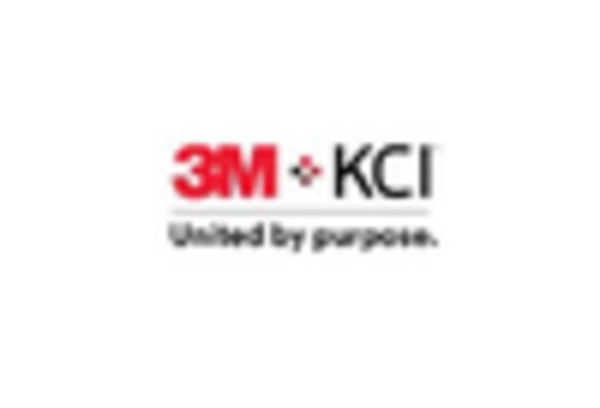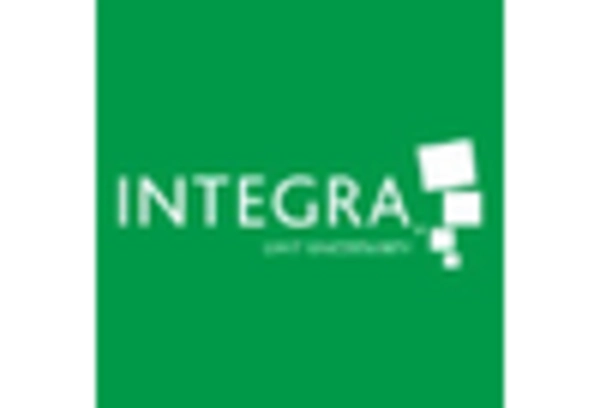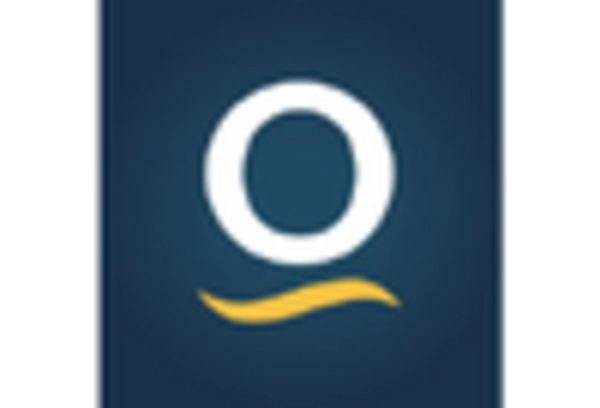Leading market players are investing heavily in the research and development in order to expand their product lines, which will help the Biological Skin Substitutes market grow even more. Market players are also undertaking different strategic activities for expanding their global footprint, with important market developments inclusive of mergers and acquisitions, new product launches, contractual agreements, higher investments, and collaboration with the other organizations. To expand and survive in the more competitive and rising market climate, the Biological Skin Substitutes industry must offer cost-effective items.
Manufacturing locally to minimize the operational costs is one of the key business tactics used by the manufacturers in the global Biological Skin Substitutes industry to benefit the clients and grow the market sector. In recent years, the Biological Skin Substitutes industry has provided some of the most significant advantages to medicine. Major players in the Biological Skin Substitutes market, including Organogenesis, Inc. 3M, Integra LifeSciences, Smith and Nephew, Tissue Regenix, Mimedx, BSN medical, Stryker, Vericel Corporation., Mallinckrodt, and others, are trying to raise teh market demand by investing in research and development operations.
MiMedx is a regenerative medicine company based in Marietta, Georgia, known for its focus on developing and commercializing innovative bioactive technologies, including tissue grafts and therapeutic solutions. Established in 2006, the company has become a prominent player in the field of advanced wound care, offering products designed to support the body's natural healing processes. MiMedx specializes in the processing and manufacturing of human amniotic membrane-derived products, which are utilized in various applications, including wound care, surgical procedures, and orthopedic applications.
MiMedx and Histogenex announced a collaboration in October 2023 to develop and commercialize Histogenex's investigational skin substitute product, NeoCart, for the treatment of chronic wounds. This partnership combines MiMedx's expertise in placental tissue processing with Histogenex's innovative cell-based technology.
Organogenesis is a pioneering regenerative medicine company at the forefront of developing and delivering advanced solutions for wound care, surgical, and sports medicine applications. Established in 1985, the company has been a key player in the field of tissue engineering and regenerative medicine, providing innovative products that harness the body's natural healing capabilities. Organogenesis is particularly known for its expertise in the development of bioactive and bioresorbable extracellular matrix (ECM) technologies, which serve as the foundation for their products.
Organogenesis and Purdue University partnered in July 2023 to advance research and development of bioengineered skin substitutes for burn treatment. This collaboration aims to utilize Purdue's expertise in stem cell technology and Organogenesis' experience in skin substitute manufacturing to create personalized and effective burn treatments.


















Leave a Comment